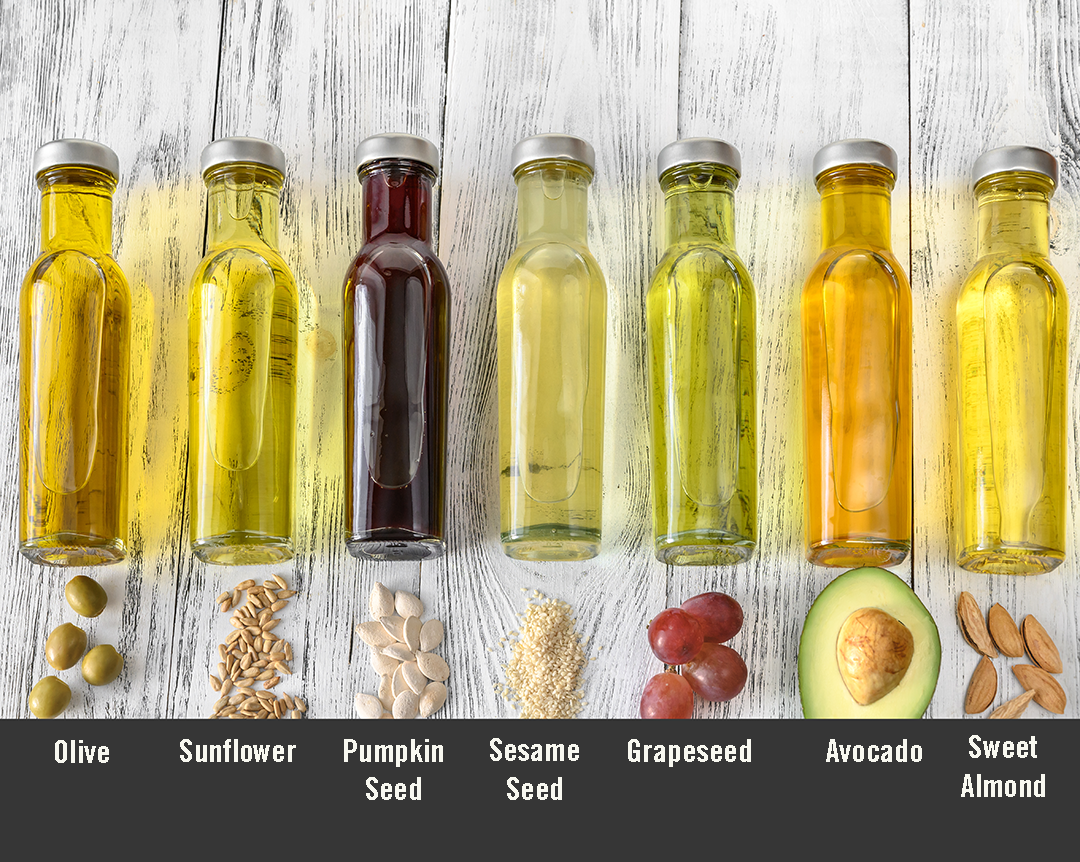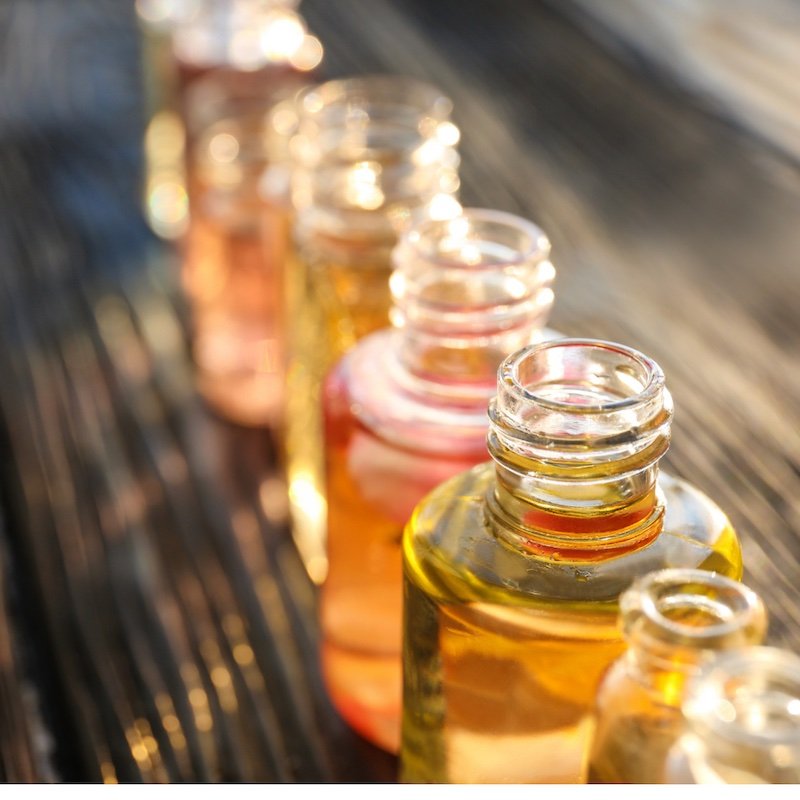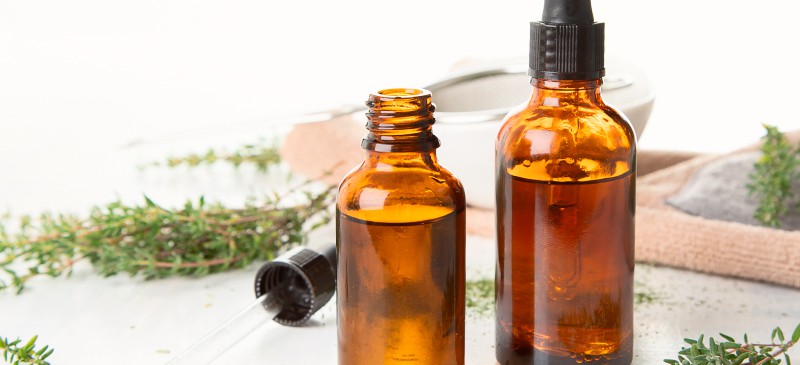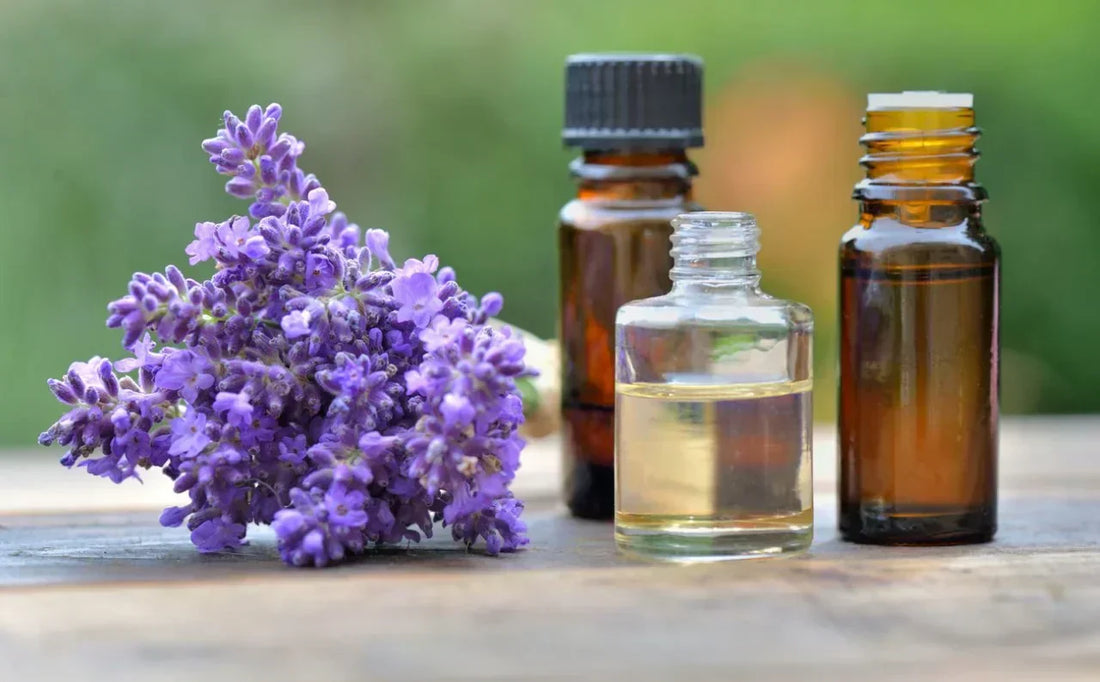When you walk into a wellness store or browse natural skincare online, you’ll often see products labeled as essential oils and carrier oils. They may look similar, both are oils, both come from plants but they serve very different purposes, have different chemical properties, and require different care and usage.
In this article, we’ll explain what each one is, how they differ, and how to safely use them, with real examples from Craftiviti & Yein&Young.

What Are Essential Oils?
Essential oils are highly concentrated, volatile aromatic compounds extracted from plants leaves, flowers, bark, roots, seeds or other plant parts.
They carry the “essence” of the plant (hence the name), meaning its scent and many therapeutic components. Because of their volatility, essential oils evaporate easily and are extremely potent.
Key features:
* Strong aroma
* Often used for therapeutic or aromatic effects (e.g. aromatherapy, scenting, mood)
* Extraction methods usually include steam distillation or cold‐pressing (for citrus oils).
* Very small amounts are used because of their potency and risk of irritation.
Examples & Safety Notes for essential oils:
* Yein&Young’s Rosemary Essential Oil (10ml) is 100% pure, un‑diluted and steam distilled.
* With Yein&Young essentials, it is always recommended to dilute before topical use—for example, 1‑2% essential oil to 30ml carrier oil. This is because it is highly concentrated and unadulterated.
* Also, essential oils should not be consumed, and should be patch‑tested for skin sensitivity.

What Are Carrier Oils?
Carrier oils (also called base oils, vegetable oils) are non‑volatile, less aromatic oils extracted from seeds, kernels, or nuts of plants. Their role is to “carry” essential oils onto the skin safely (hence the name), and they themselves often have nourishing, moisturizing, or healing properties.
Key features:
* Much milder / gentler on skin than essential oils
* Often non‑aromatic or lightly scented
* Rich in fatty acids, vitamins, antioxidants
* Lower risk of irritation; some are safe even to use undiluted (depending on skin type and oil)
Examples for carrier oils:
* Refined Jojoba Oil (South America): cosmetic grade, cold‑pressed & refined; odourless; ideal for skin & hair; absorbs well; helps with acne‑prone skin; contains vitamins & minerals.
* Refined Rosehip Seed Oil (South Africa): lightweight, non‑greasy; improves skin tone & texture; good for face & massage; rich in vitamins A, C, E.
* Refined Sweet Almond Oil (Italy & Spain): quickly absorbed; good for normal, dry or sensitive skin; beneficial for skin healing, nail and hair health.
* Refined Argan Oil (from Morocco): non‑greasy; good for skin, anti‑frizz hair remedy; protective; contains vitamin E, omega‑6 etc.
Carrier Oil vs Essential Oil: Key Differences
Here’s a side‑by‑side comparison to highlight the most important distinctions:
|
Feature |
Essential Oil |
Carrier Oil |
|
Concentration |
Highly concentrated (potent) |
Mild fatty oils by nature |
|
Volatility / Aroma |
Strong, volatile scent; evaporates easily |
Light scent or almost neutral; more stable |
|
Usage |
Aromatherapy, perfumes, scenting, mood, antimicrobial, etc. |
Moisturiser, massage base, dilution vehicle |
|
Safety |
Must dilute; can irritate skin / mucous membranes; not ingestible (unless specifically medicinal & under expert guidance) |
Usually safe for direct skin contact (depending on skin type); gentler |
|
Therapeutic compounds |
Rich in terpenes, phenols, volatile constituents |
Rich in fatty acids, vitamins, antioxidants |
|
Cost |
Generally more expensive per ml |
Less expensive; more oil needed |
 How to Use Them Together Safely
How to Use Them Together Safely
Because essential oils are potent, they almost always need to be diluted in a carrier oil before being applied to the skin.
Best practices:
1. Dilution Ratio
* Craftiviti & Yein&Young recommend using about 1‑2% essential oil in 30 ml carrier oil for general use. That means about 6–12 drops of essential oil in 30 ml of carrier oil.
2. Patch Test
* Always test a small area of skin first to ensure there’s no allergic reaction.
3. Choose the Right Carrier Oil
* Match the carrier oil’s properties to your skin/hair needs (e.g. lightweight oils like sweet almond or jojoba for oily skin; richer oils like argan or castor for dry hair ends). From Craftiviti’s product info, sweet almond oil is good for sensitive, normal, or dry skin.
4. Storage & Purity
* Use unadulterated, refined or cold‑pressed carrier oil to ensure fewer impurities.
* For essential oils, ensure “100% pure, never diluted or adulterated” as Yein&Young claims for their line.
* Store in dark glass bottles, away from heat and light
5.Appropriate Use
* Essential oils can be used in soap making and candle making; generally a load of 3‑7% essential oil by weight is used in wax or soap base.
* Carrier oils are also used in formulations like balms, serums, oils (face, body, hair), often as the base

Benefits of Each: Why You Might Want Them
Benefits of Essential Oils:
* Therapeutic & Aromatherapeutic Effects: Many essential oils have anti‑inflammatory, antiseptic, stress‑reducing, or mood‑boosting effects. (E.g. Yein&Young Peppermint Essential Oil has analgesic, antibacterial, and anti‑inflammatory properties.
* Skin Benefits: Some oils help with acne, eczema, pigmentation, etc. Ex: Rosemary for acne/oily skin, Frankincense for scars & anti‑ageing.
* Uses in DIY (perfumery, soap, candle): Adds fragrance and properties.
Benefits of Carrier Oils:
* Nourishing & Moisturizing: They improve skin’s moisture barrier, supply essential fatty acids.
* Gentler on Skin: Less likely to irritate; some (like jojoba) mimic skin’s natural oils.
* Functional for Hair & Nails: Promoting shine, reducing frizz, helping with split ends.
* Safe Vehicle: They allow safer use of essential oils by diluting the potency.
Common Misconceptions & What to Watch Out For
* Misconception: Carrier oils are “just filler.”
In fact, good carrier oils have their own benefits. They aren’t merely neutral: as seen in descriptions above, jojoba, rosehip, argan and sweet almond oils do quite a lot.
* Misconception: More essential oil = better.
Wrong. Too much can irritate skin, stimulate unwanted reactions, even be toxic. Always use proper dilution.
* Misconception: Any “oil” works as a carrier oil.
Not true. Some oils might be comedogenic (clog pores), rancid quickly, or cause allergies. Quality (refined vs unrefined, extraction method, shelf life) matters.
* Misconception: Essential oils are safe to ingest or use directly.
As per Yein&Young / Craftiviti, essential oils should not be consumed unless under expert guidance, and not applied direct to skin without dilution.
How to Choose the Right One: Essential vs Carrier
Depending on what you want to do, skin care, hair care, aromatherapy, etc. Here’s a quick guide:
* If you want fragrance, mood uplift, therapeutic effects → essential oils
* If you want moisturization, skin nourishment, hair strength → carrier oils
* Usually the best results come from blends: a good carrier oil base + small amount of essential oil for effect & fragrance.
Example of benefits:
To make this more concrete, here are some real product examples and typical usage of EOs or COs:
* Yein&Young Lemongrass Essential Oil: strong scent, used for antibacterial, insect repellent effects.
* Yein&Young Tea Tree Essential Oil: for acne, fungal infections, etc.
* Craftiviti Refined Sweet Almond Oil: good base for sensitive or dry skin. You could blend e.g. 10 drops of Tea Tree essential oil with 30 ml of sweet almond carrier oil to treat acne patches.
* Craftiviti Refined Jojoba Oil: good as a face oil, or for massage, even used alone for its own skin benefits. Blended with essential oils for additional skin therapy.
Final Thoughts
* Essential oils are powerful, aromatic extracts meant to deliver concentrated therapeutic or aromatic effects.
* Carrier oils are gentler oils that act as a vehicle to safely apply essential oils, and they themselves have nourishing properties.
By understanding their differences, respecting usage guidelines (especially dilution & patch testing), and choosing quality, pure products like those offered by Yein&Young & Craftiviti, you can safely enjoy the benefits of both.
Check out our Therapeutic Essential Oils OR Carrier oils here or visit our retail store at Craftiviti, Level 2, Centrepoint, Bandar Utama, Petaling Jaya.

